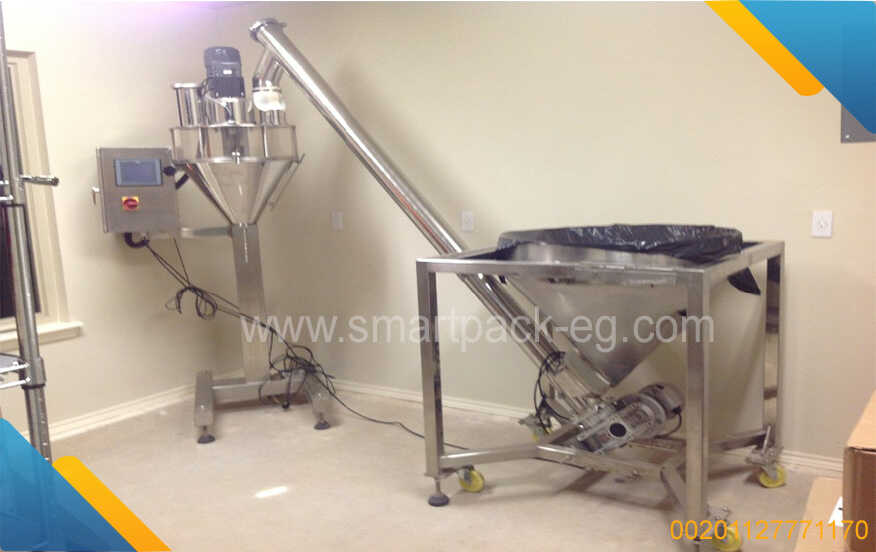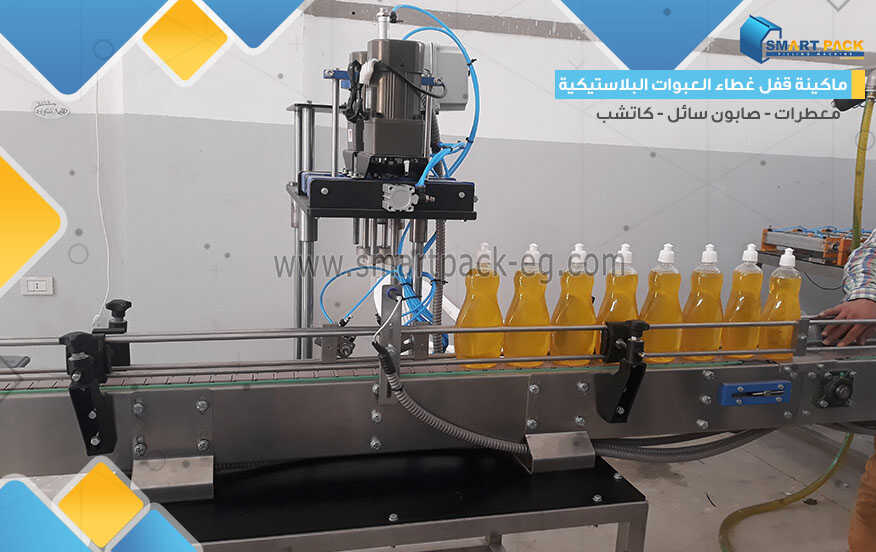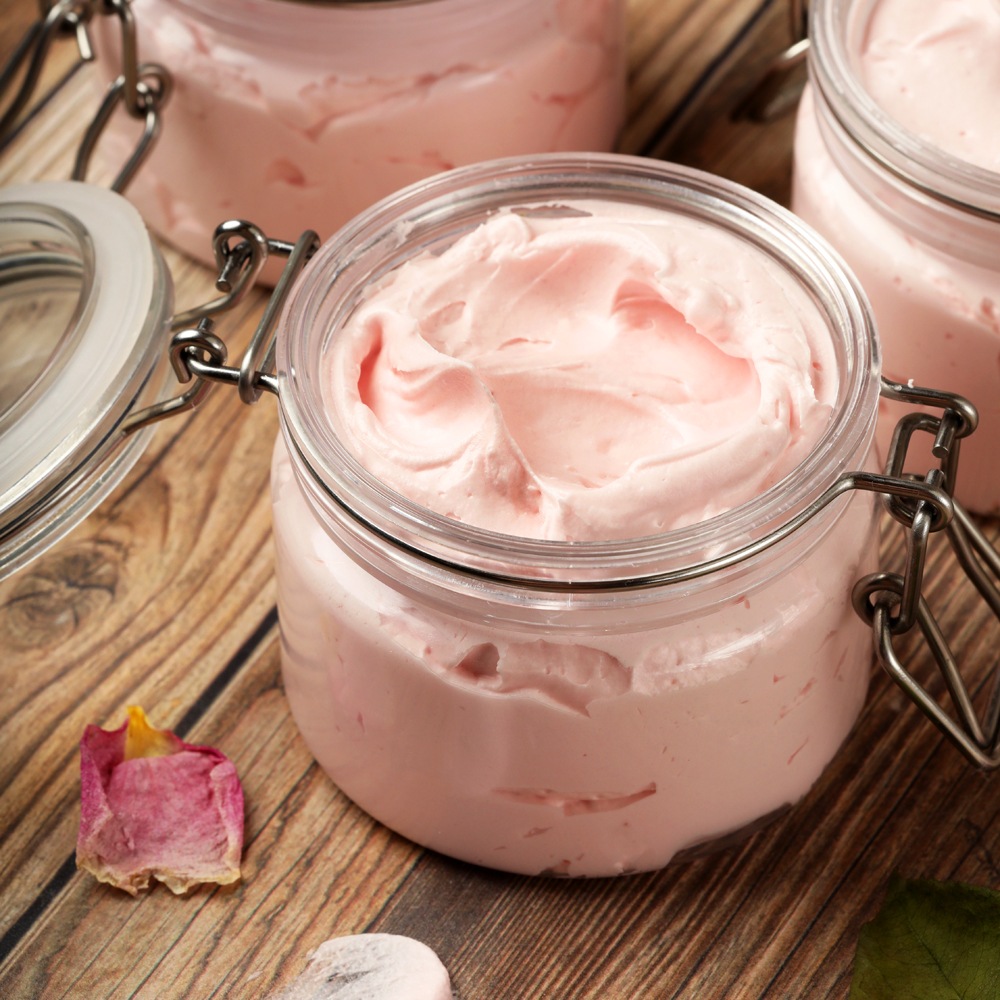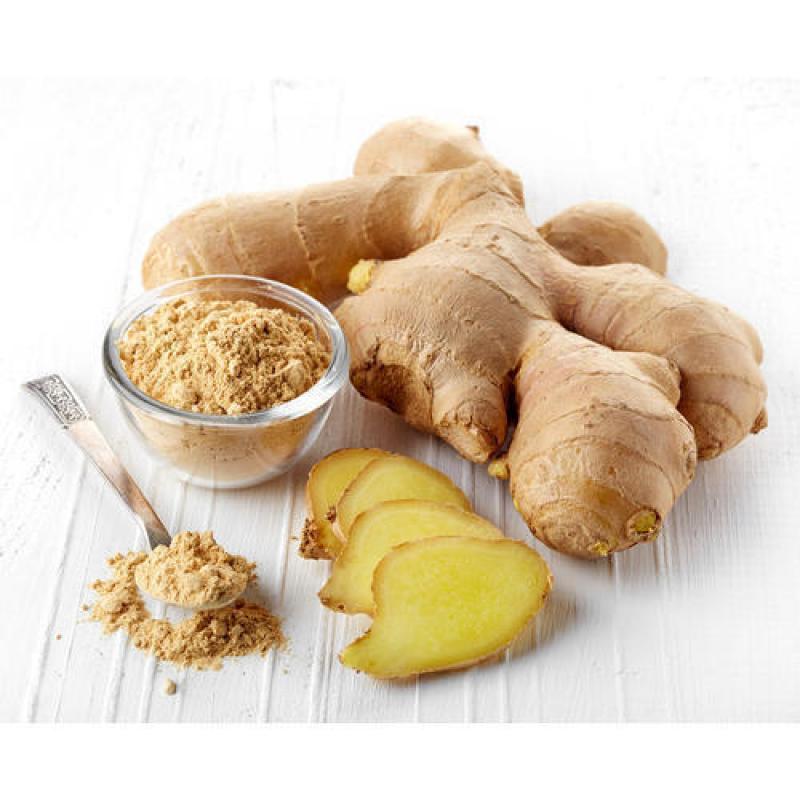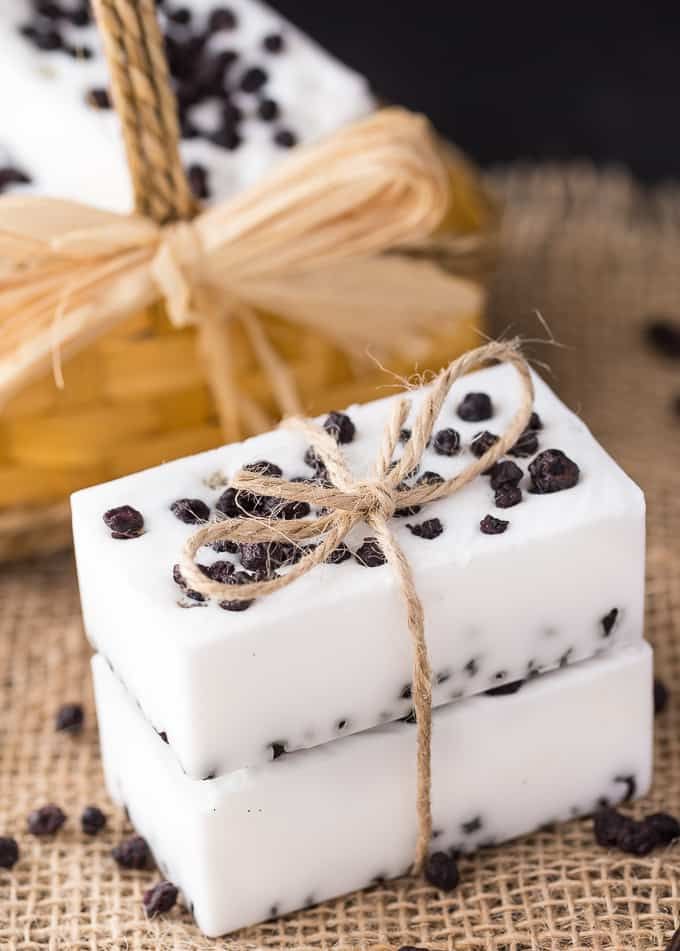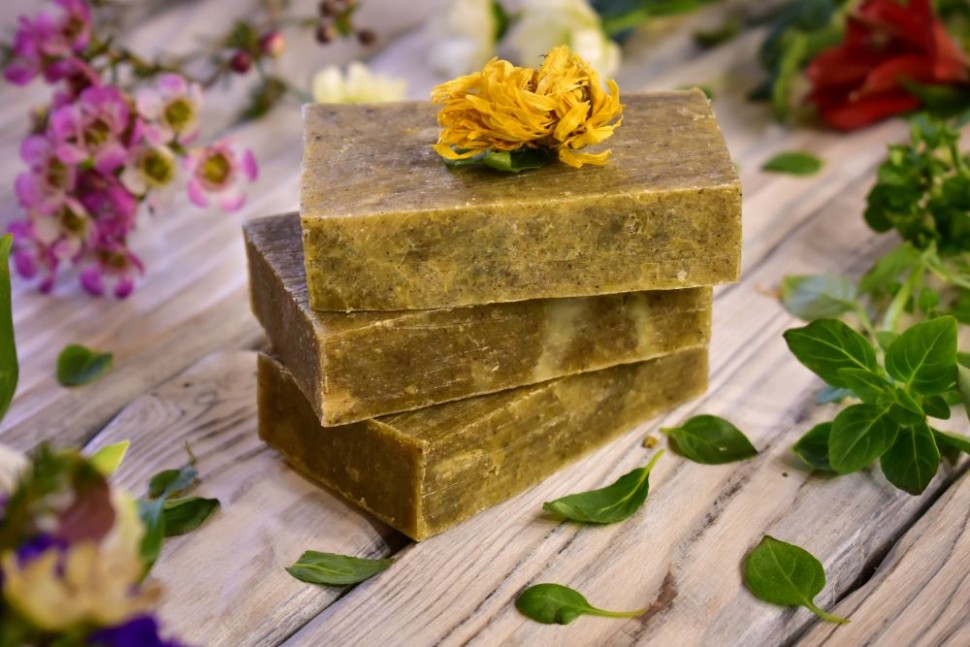How to Make Aleppo Laurel Soap
Introduction:
In this guide, I will walk you through the process of making Aleppo laurel soap. Originating from the ancient city of Aleppo in Syria, this soap is cherished for its natural ingredients and gentle cleansing properties. With a few simple steps, you can create your own Aleppo laurel soap right in the comfort of your home. So let's get started!
Ingredients:
Here are the ingredients you will need to make Aleppo laurel soap:
- Laurel oil: 50% of the oil blend
- Olive oil: 50% of the oil blend
- Sodium hydroxide (lye): Check for food-grade purity
- Water: Distilled or filtered
- Optional: Essential oils for fragrance
Equipment:
To make Aleppo laurel soap, you will need the following equipment:
- Safety gear: gloves, goggles, and an apron
- Stainless steel or heat-resistant plastic containers
- Stick blender or whisk
- Kitchen scale
- Soap molds
- Plastic wrap or wax paper
- Towels or blankets for insulation
- Knife or cutter for unmolding
Instructions:
Step 1: Safety First
Before starting the soap-making process, ensure you are wearing your safety gear. This includes gloves, goggles, and an apron to protect yourself from any accidental contact with lye or hot oils.
Step 2: Prepare the Oil Blend
Measure and combine the laurel oil and olive oil in the stainless steel or heat-resistant plastic container. Mix well to ensure even distribution.
Step 3: Measure the Lye and Water
Using a kitchen scale, carefully measure the required amount of sodium hydroxide (lye) according to your chosen recipe. Next, measure an equivalent amount of water. It is advisable to use distilled or filtered water for best results.
Step 4: Combine Lye and Water
Slowly add the lye to the water, stirring with a non-reactive spoon until it fully dissolves. Be cautious as the mixture will release heat and fumes. Allow the lye-water mixture to cool down to a safe temperature of around 100-110°F (38-43°C).
Step 5: Combine Oil Blend and Lye-Water Mixture
Once the lye-water mixture has cooled down, carefully pour it into the oil blend. Use a stick blender or whisk to thoroughly mix the ingredients until they reach a thick trace. This means the mixture will slightly hold its shape when drizzled over the surface.
Step 6: Optional: Add Fragrance
If desired, add a few drops of your favorite essential oils to the soap mixture. Be mindful of not overpowering the laurel fragrance. Stir well to ensure even distribution.
Step 7: Pour the Mixture into Soap Molds
Pour the soap mixture into the soap molds, ensuring they are well greased or lined with plastic wrap/wax paper. Gently tap the molds on a flat surface to release any air bubbles.
Step 8: Insulate and Cure
Cover the soap molds with towels or blankets to provide insulation. Leave the soap to cure undisturbed for at least 48 hours. During this time, saponification will occur, turning the mixture into solid soap.
Step 9: Unmolding and Cutting
After the curing period, carefully unmold the soap loaves. Use a knife or cutter to cut the soap into desired shapes and sizes. Remember, Aleppo laurel soap is traditionally hand-cut into rectangular bars.
Step 10: Allow Further Curing
Place the cut soap bars on a drying rack or a well-ventilated area. Allow them to air dry and cure for approximately 4-6 weeks. This process will further harden the soap and enhance its longevity.
Final Thoughts:
Congratulations! You have successfully created your own Aleppo laurel soap. Enjoy the gentle cleansing and moisturizing properties of this natural soap, knowing that it was crafted with care. Experiment with different essential oils or additives to personalize your creations. Happy soap-making!

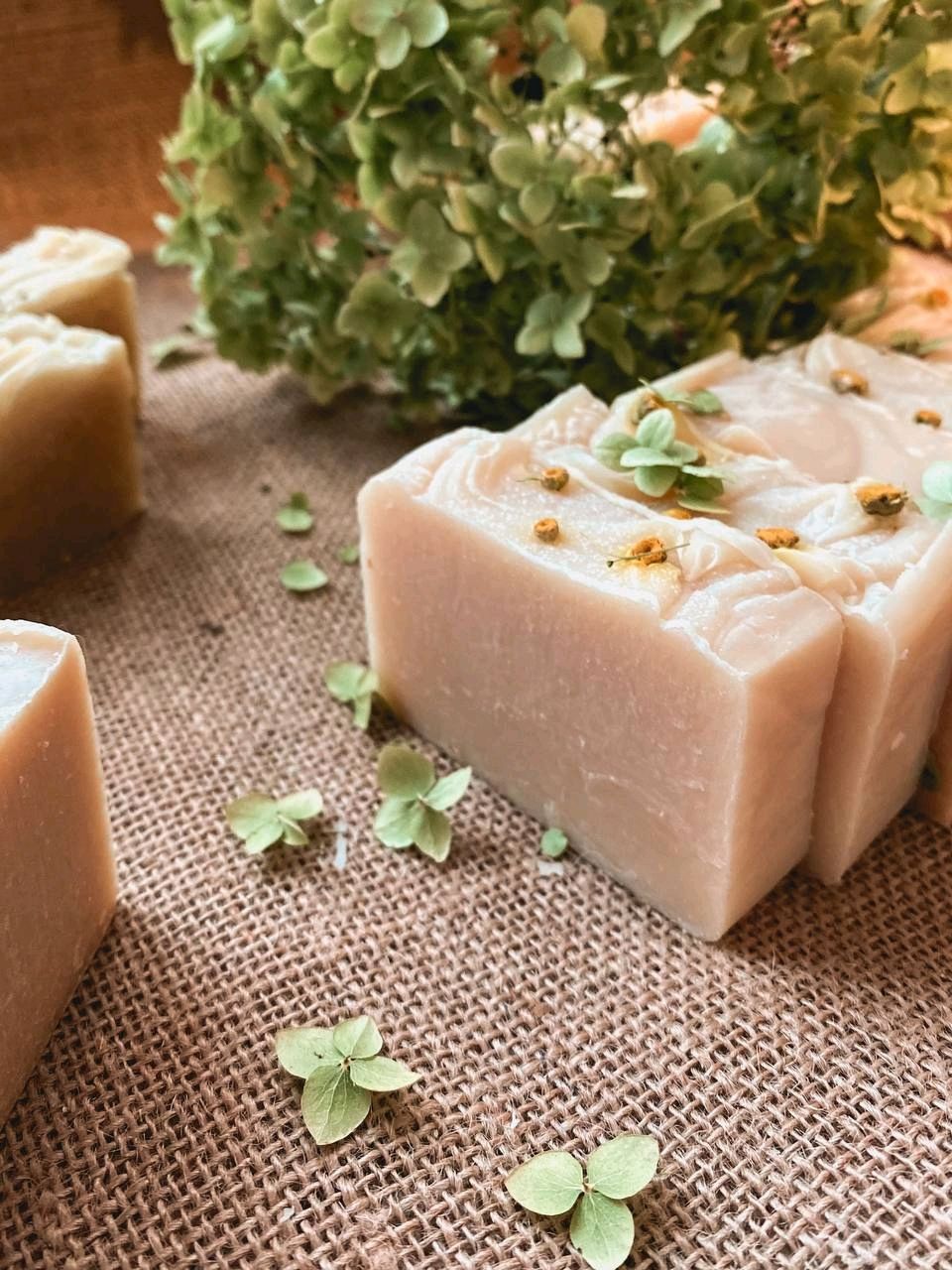
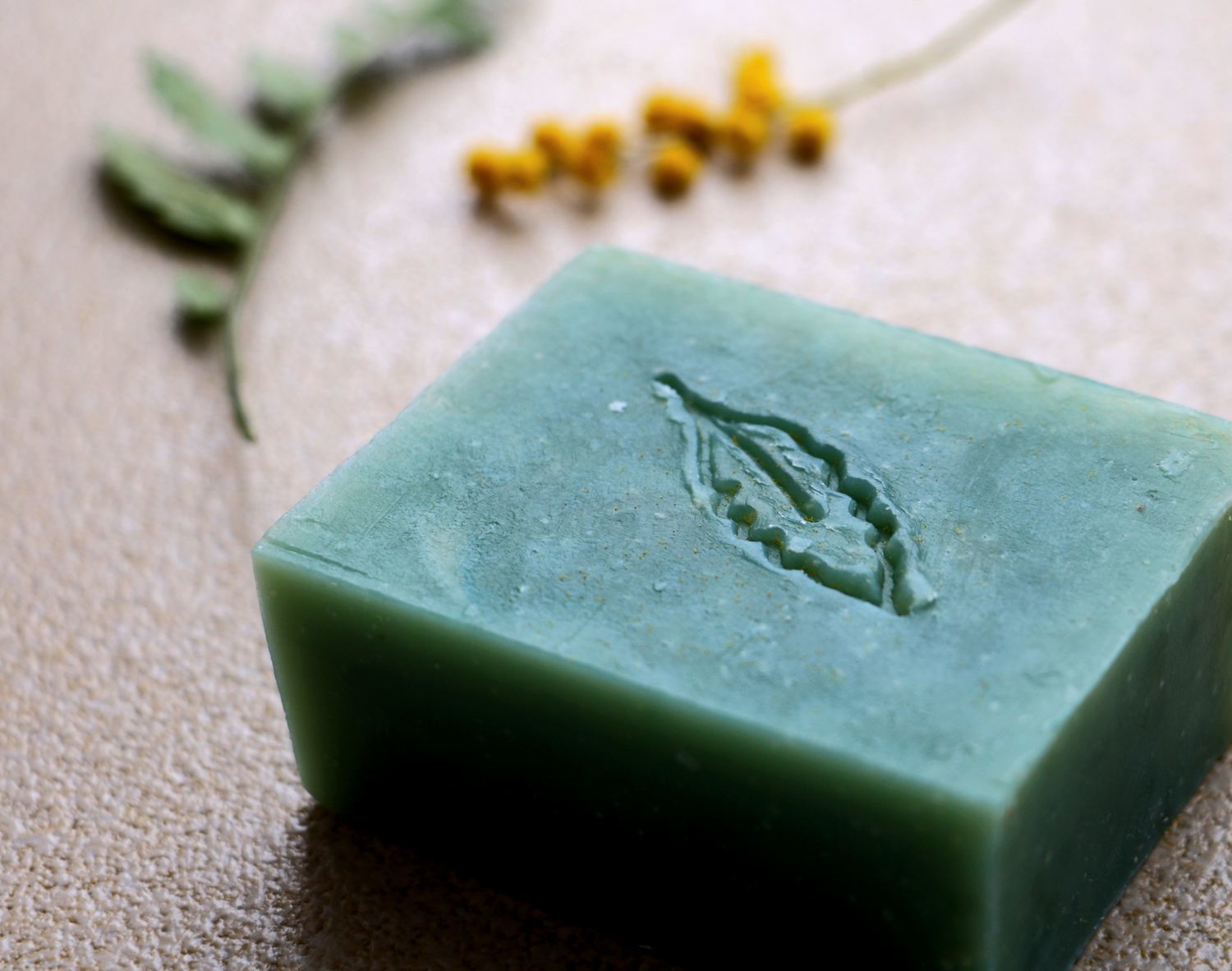
 Admin
Admin 